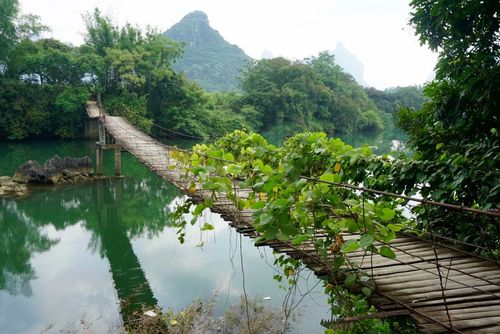Geography has a significant impact on cultural identity- the shared beliefs, values, customs, behaviors, and art that define a group of people. Our surroundings shape our experiences and perceptions of the world around us, which, in turn, influence our cultural identity.
People living in different regions experience different environments, climates, landscapes, and resources, leading to diverse ways of life, beliefs, traditions, and social structures.
How Geography Shapes Cultural Identity:
Geography and Natural Resources
The availability of natural resources, such as water, food, minerals, and energy, shapes the economy and lifestyle of a society. People living in a region with abundant resources have a more prosperous life, while those in areas with scarce resources have to struggle to survive. For example, fishing is a significant economic activity in coastal areas, while agriculture is prominent in fertile regions.
Geography and Climate
Climate significantly influences cultural identity by determining the availability of natural resources, shaping the physical environment, and impacting the way of life of people. For example, regions that experience extreme weather conditions are characterized by specific clothing, housing, and food habits. Regions with a warmer climate have people wearing lighter clothes and enjoying outdoor activities, while colder regions have people wearing warmer clothes due to the harsh weather conditions.
Geography and Migration
Geography plays a significant role in human migration patterns. People tend to migrate to areas with favorable living conditions, such as access to natural resources, job opportunities, and social networks. Migration leads to the transfer of ideas, traditions, and behaviors, creating a cultural fusion in the host region.
Geography and Architecture
Architecture is significant in defining cultural identity, as it reflects the local climate and available resources. For example, housing in arid regions is characterized by thick walls, small windows, and compact spaces to protect from the scorching heat, while housing in colder regions is characterized by large windows, open spaces, and insulation to retain warmth.
Geography and Language
Language is an essential aspect of cultural identity and shapes the way people understand and interpret the world around them. The language that people speak is dependent on the region they reside in and the historical events that shaped the region. For instance, Spanish is prevalent in Latin America due to Spanish colonization, while English is dominant in North America due to British colonization.
Conclusion
In conclusion, geography plays a crucial role in shaping cultural identity. The surroundings of a region influence the lifestyle, practices, traditions, and beliefs of the people residing in the region. Understanding how geography impacts cultural identity can help us to appreciate and respect other cultures’ uniqueness and diversity.
(Note: Do you have knowledge or insights to share? Unlock new opportunities and expand your reach by joining our authors team. Click Registration to join us and share your expertise with our readers.)
Speech tips:
Please note that any statements involving politics will not be approved.
